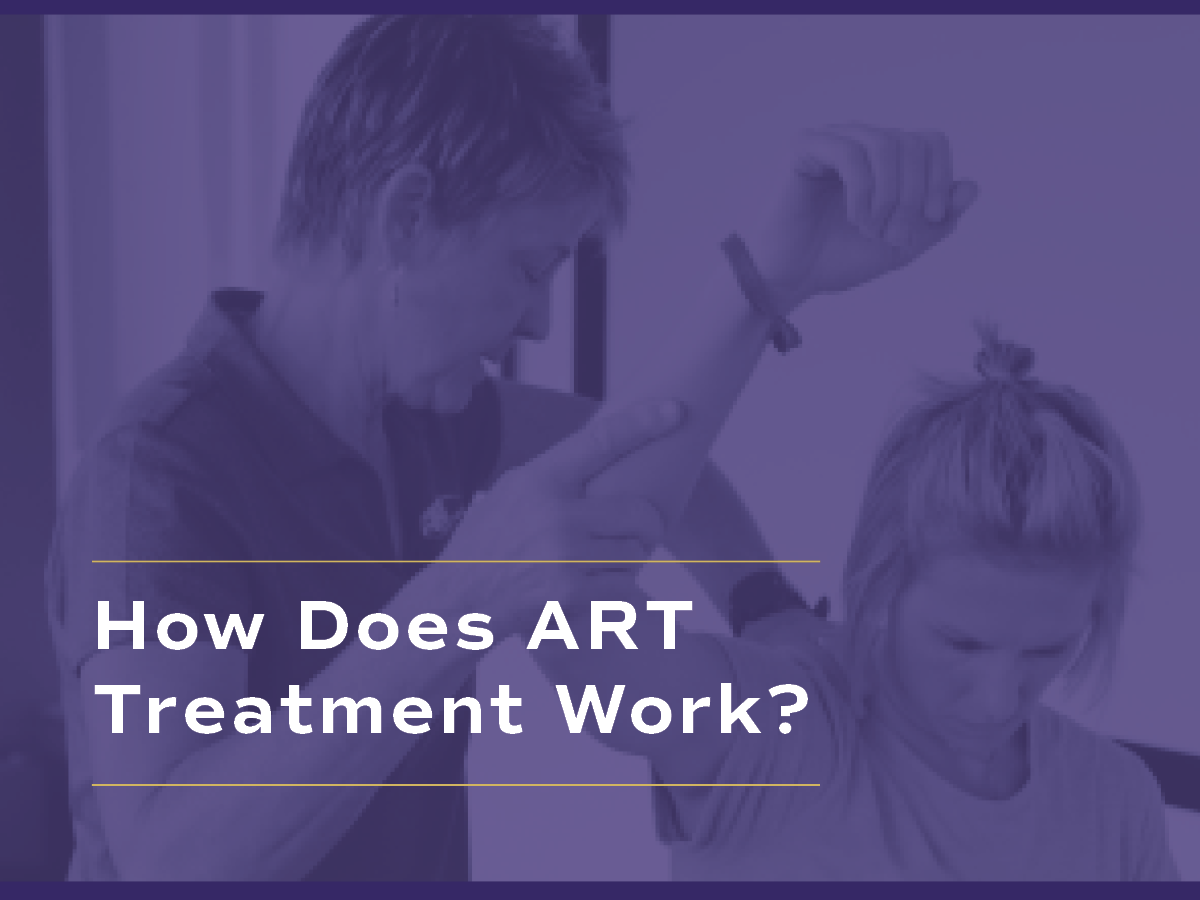Lower Extremity Level 1 and Patient Success
Are you wanting to level up your certifications to continue being the best health care provider out there for your patients?
An Active Release Techniques® (ART®) Lower Extremity Level 1 seminar may be exactly what you are searching for to give even your most difficult cases a permanent solution.
Here is a real-life scenario
John* is a 40-year-old distance runner who trains primarily on flat ground. Last month an ultra-runner friend invited him to run a 10-mile trail race with significant hill climbs.
Because he trains for longer marathons, he wasn’t concerned about the distance and thought the change of scenery might be fun.
By the eighth mile of the race, he felt pain in the back of his lower leg and had to walk the final two miles. He deployed the RICE (Rest, Ice, Compress, Elevate) method and took several weeks off from running to recover from the injury, but still feels pain when stretching the calf or attempting to run, particularly at faster paces.
After several weeks of modified training, John’s calf still doesn’t “feel right” when running, natural pace has reduced in speed, and he feels pain when running at a fast pace.
After utilizing ART treatment on John’s gastrocnemius, he was able to return to his regular run training without pain.
How did ART treatment work?
Why was ART treatment so effective for John?
To understand the effectiveness of ART treatment, we need to understand the nature of a soft-tissue injury and the body’s fibroblast response process.
For the sake of illustration, think of the muscle as a city road; it’s functional, smooth, and does not warrant much thought or attention; we just expect it to do what it is supposed to.
But if there is heavy rain and the traffic does not let up, overuse can result in a material breakdown most would call a pothole. When a pothole develops, the city will then send out a quick response crew to fill in the hole.
While filling the pothole prevents a dangerous hazard or even a complete stop for traffic, the road is not restored to its original functionality.
Drivers will certainly feel the repair under their tires, and if the rain returns, the hole will likely reopen or create a new pothole adjacent to the original. The road will not return to its smooth original functionality until a crew comes with a steam roller to relevel and smooth out the repair.
John’s gastrocnemius is like the city road.
The increased stress on the muscle from the uneven ground and steep hills of the trail race (rainstorm) caused an overuse injury (pothole) or strain on the muscle.
As soon as the muscle strain occurred, the body’s quick response team went into action laying down a web of collagen from fibroblast cells to repair and prevent further damage to the muscle.
Even after the acute phase of injury, the quick-response fibroblast repair may have a lasting effect on the muscle. The collagen material can restrict the muscle and surrounding connective tissue, causing a limited range of motion and pain.
If the restriction in the muscle is the filled pothole in our analogy, ART treatment is the steamroller. To utilize the steam roller, we must begin with the muscle shortening, then draw tension against the muscle, and while holding the tension we will lengthen the muscle to full extension.
For John’s gastrocnemius, we brought insertion and origin as close together as we could by flexing the knee and plantarflexing the ankle. With the muscle in this shortened position, we drew tension on the muscle. Holding the tension, we had John slowly extend his knee.
This effectively cleared out the scar tissue buildup and allowed John to get full range of motion from the muscle and run again without pain.
In the ART seminar, Lower Extremity Level 1, health care providers will learn the full, in-depth process and technique for 62 different structures and change the way they treat patients forever.
Level up your ART certification
Are you ready to take a Lower Extremity Level 1 ART seminar? Search for one that interests you here.
*Name changed for anonymity.
About the Author
Chris Donlon, CMT
Inspired by his experience as an ART patient, Chris shifted careers, from marketing to soft tissue therapy and has been practicing ART treatment exclusively since 2019. He owns Resolve Sports Therapy in Oceanside, California. He is an age-group triathlete, reserve Naval officer, and volunteers and coaches for his local little league. He enjoys beach days with his wife and two kids.
